A flash of white tail, a blur of russet fur dashing across the emerald fields—few sights capture the wild heart of Ireland like the Irish hare. This extraordinary animal, older than the hills and wrapped in layers of story, has enchanted poets, puzzled scientists, and inspired countless legends. Its presence is a living link to Ireland’s ancient landscapes and its ever-evolving identity. But the Irish hare is not just a creature of folklore; it’s a rare native species whose very survival tells a story of resilience, adaptation, and the delicate balance between myth and reality. When you spot one, it’s as if you’ve glimpsed a ghost from both the past and the present, sprinting through the tapestry of Irish culture and nature.
The Irish Hare: Ireland’s Unique Native Mammal

Unlike many animals that have made their way to Ireland over centuries, the Irish hare is truly native, evolving on the island for thousands of years. Scientifically known as Lepus timidus hibernicus, it is a distinct subspecies found nowhere else in the world. Its origins trace back to the end of the last Ice Age, making it one of Ireland’s oldest mammals. This deep-rooted ancestry means the Irish hare is not just a biological wonder but also a living relic of the country’s ancient wildness. Unlike its cousin, the brown hare, which was introduced to Britain and mainland Europe, the Irish hare has adapted uniquely to the Irish climate and landscape, with physical and behavioral traits perfectly suited to its home.
A Shape-Shifter in the Fields

If you’ve ever wandered through the Irish countryside in late winter or early spring, you might be startled by the sudden burst of movement as a hare leaps from its resting place. The Irish hare is a master of camouflage and transformation. Its fur can change from deep chestnut to nearly white, especially in areas where snow occasionally falls. This adaptation helps it blend into the patchwork of grass, heather, and bracken that covers the island. Its long, powerful hind legs allow it to sprint at remarkable speeds, zigzagging through fields to evade predators. This agility, coupled with its keen sense of hearing and vision, makes the Irish hare one of the most elusive animals in the Irish wild.
Myth and Magic: The Hare in Irish Folklore
Throughout history, the Irish hare has danced through the pages of myth and legend. In ancient Celtic beliefs, hares were thought to possess magical powers, acting as messengers between worlds. They often appeared in stories as shape-shifters or mystical beings, able to transform into women or disappear into thin air. Some tales warned that harming a hare could bring misfortune, as it might be a witch in disguise. Even today, seeing a hare is considered a sign of luck or a mystical omen by those who cherish old traditions. The hare’s place in folklore is a testament to its ability to stir the imagination and connect the living with Ireland’s mythic past.
Remarkable Adaptations for Survival
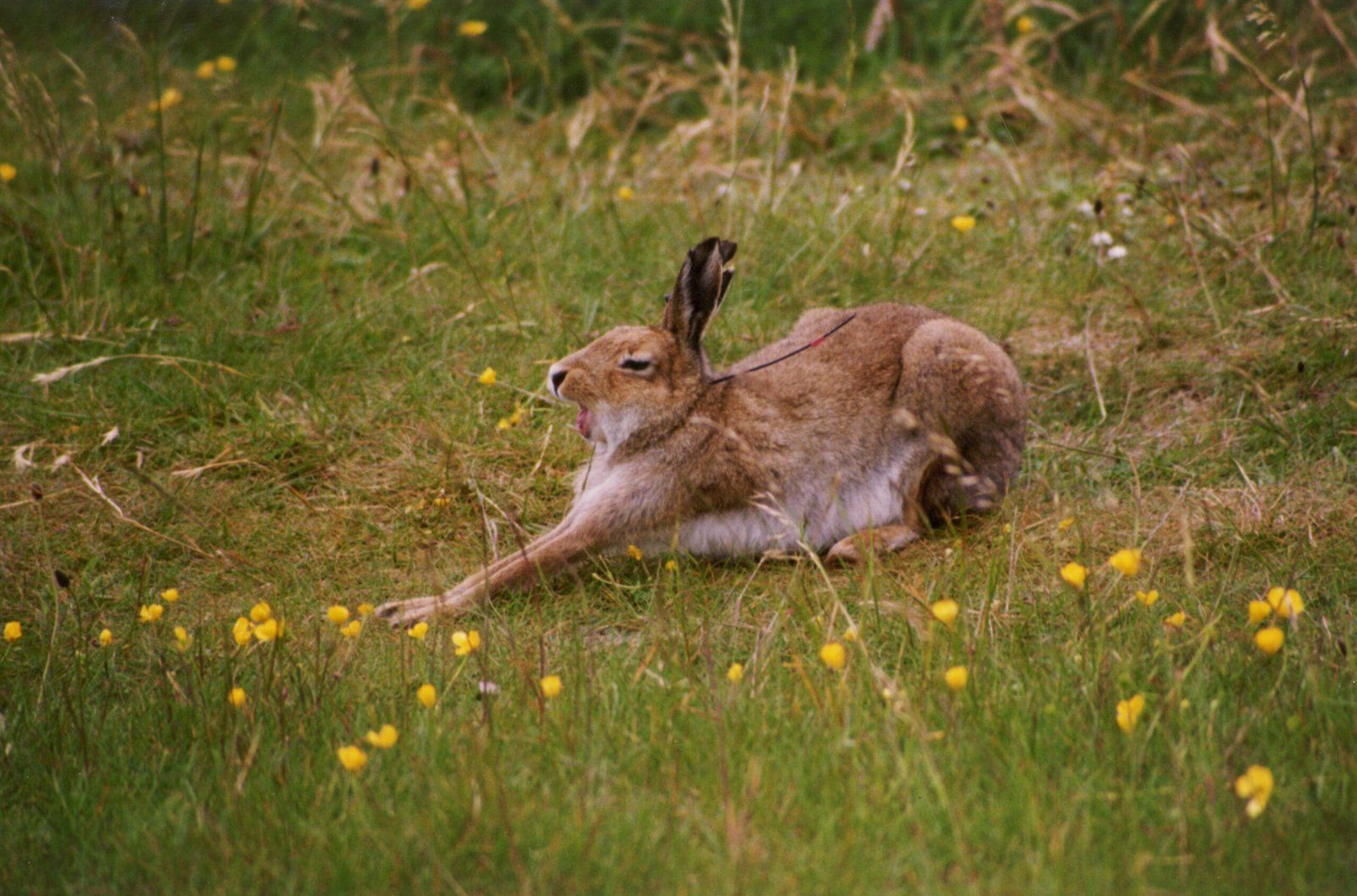
Living in open landscapes where danger can appear at any moment, the Irish hare has evolved extraordinary strategies for survival. Its broad, sensitive ears can detect the slightest sounds, alerting it to nearby threats like foxes or birds of prey. Unlike rabbits, which burrow underground, the Irish hare relies on shallow nests called “forms” hidden among long grasses and heather. When threatened, it remains perfectly still, trusting its camouflage until a last-second escape is necessary. This behavior, combined with its explosive speed and unpredictable movements, makes it a difficult target for predators. The hare’s ability to adapt quickly to changing conditions has helped it persist even as its environment shifts.
The Irish Landscape: A Harescape of Diversity
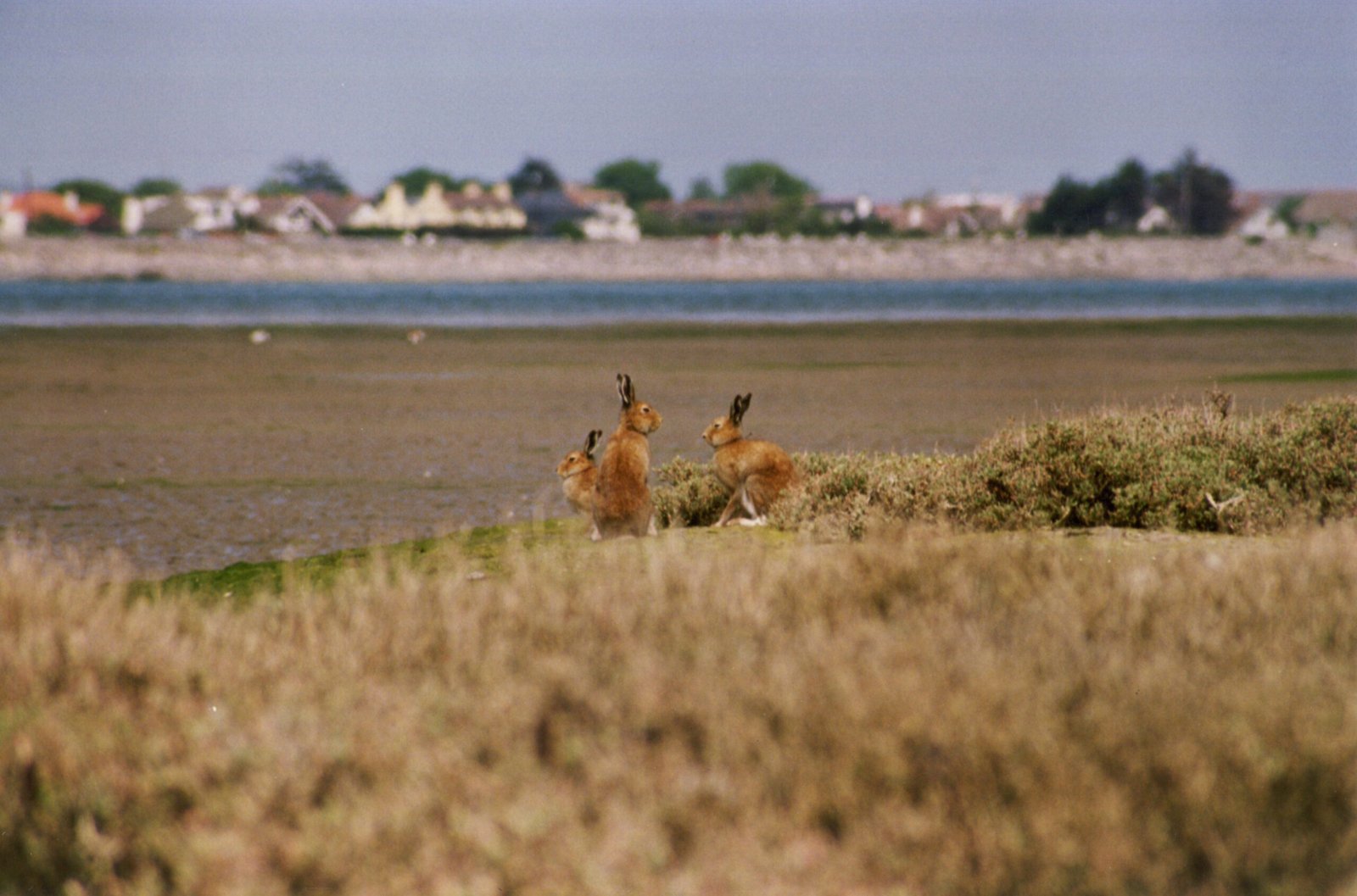
From the windswept moors of Connemara to the patchwork farmlands of County Down, the Irish hare thrives in a variety of habitats. It favors open spaces, where visibility is high and escape routes are plentiful. Unlike many other hares, it can be found at sea level as well as on high mountain slopes, showing impressive versatility. The Irish landscape itself has shaped the hare’s habits and appearance—its fur often matches the hues of the land, from the golds of harvested fields to the greys of misty bogs. This connection between animal and landscape is a powerful symbol of Ireland’s natural heritage, where each species is woven tightly into the fabric of place.
Breeding and the Boxing Season
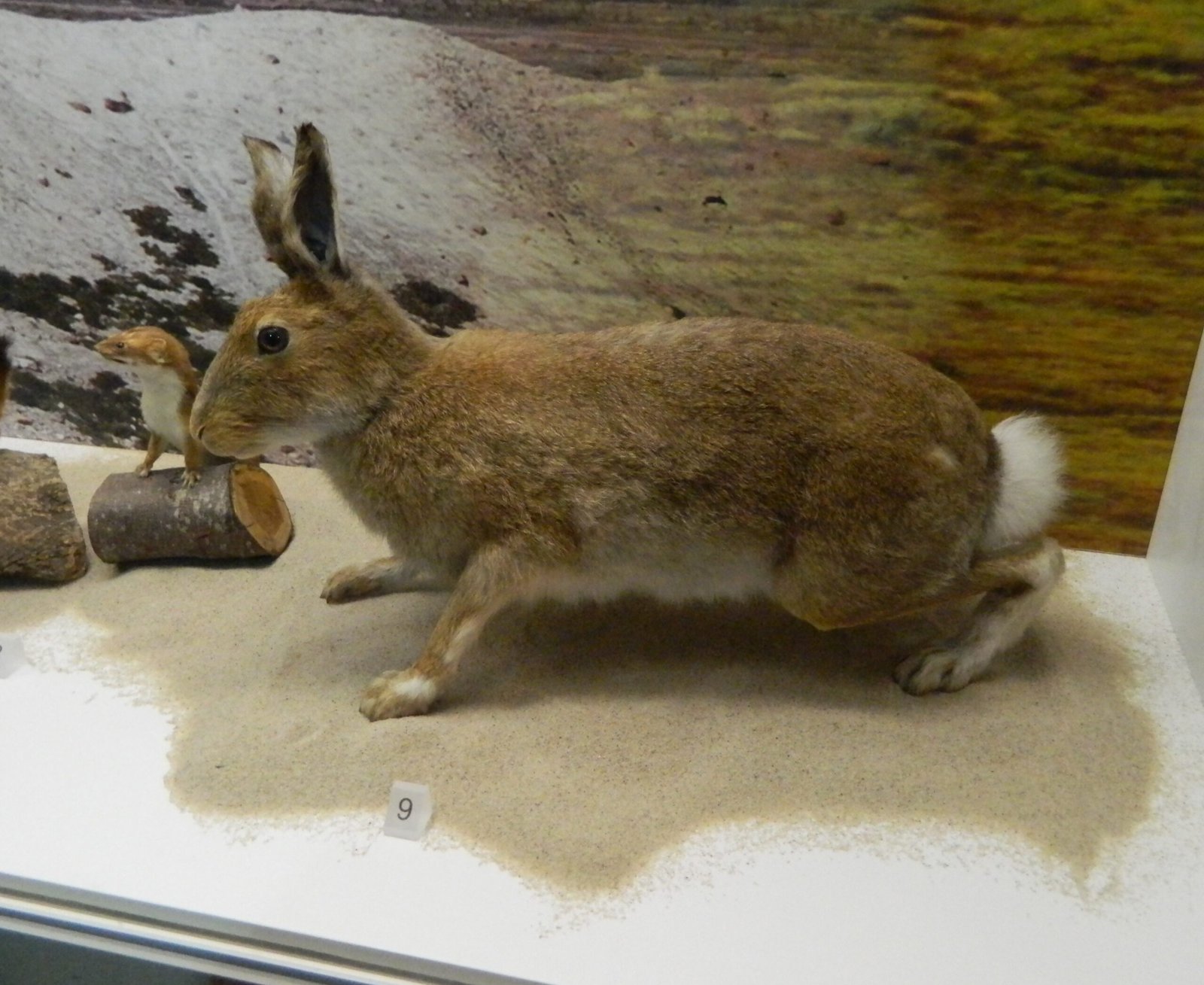
Springtime brings one of the most entertaining spectacles in the Irish countryside: the “boxing” hares. This behavior, often mistaken for fighting, is actually part of the mating ritual. Female hares, known as does, will fend off overly eager males, or bucks, by striking them with their forepaws. These dramatic encounters can erupt in the middle of a field, drawing the attention of anyone lucky enough to witness them. The Irish hare breeds from January right through to late summer, with females producing several litters each year. Their young, called leverets, are born fully furred and with eyes open, ready to face the world almost immediately—a necessity for survival in open country.
Threats and Conservation Challenges
Despite its remarkable resilience, the Irish hare faces a range of threats in the modern world. Changes in farming practices, such as the intensification of agriculture and loss of wild meadows, have reduced suitable habitats. The use of pesticides and machinery can also impact leveret survival. Moreover, illegal hunting and disturbance during the breeding season pose additional risks. Although the Irish hare is legally protected in Ireland, enforcement can be difficult, and its populations can fluctuate dramatically from year to year. Conservationists are working to better understand the hare’s needs and to promote land management practices that benefit both wildlife and farmers.
A Symbol of Irish Identity
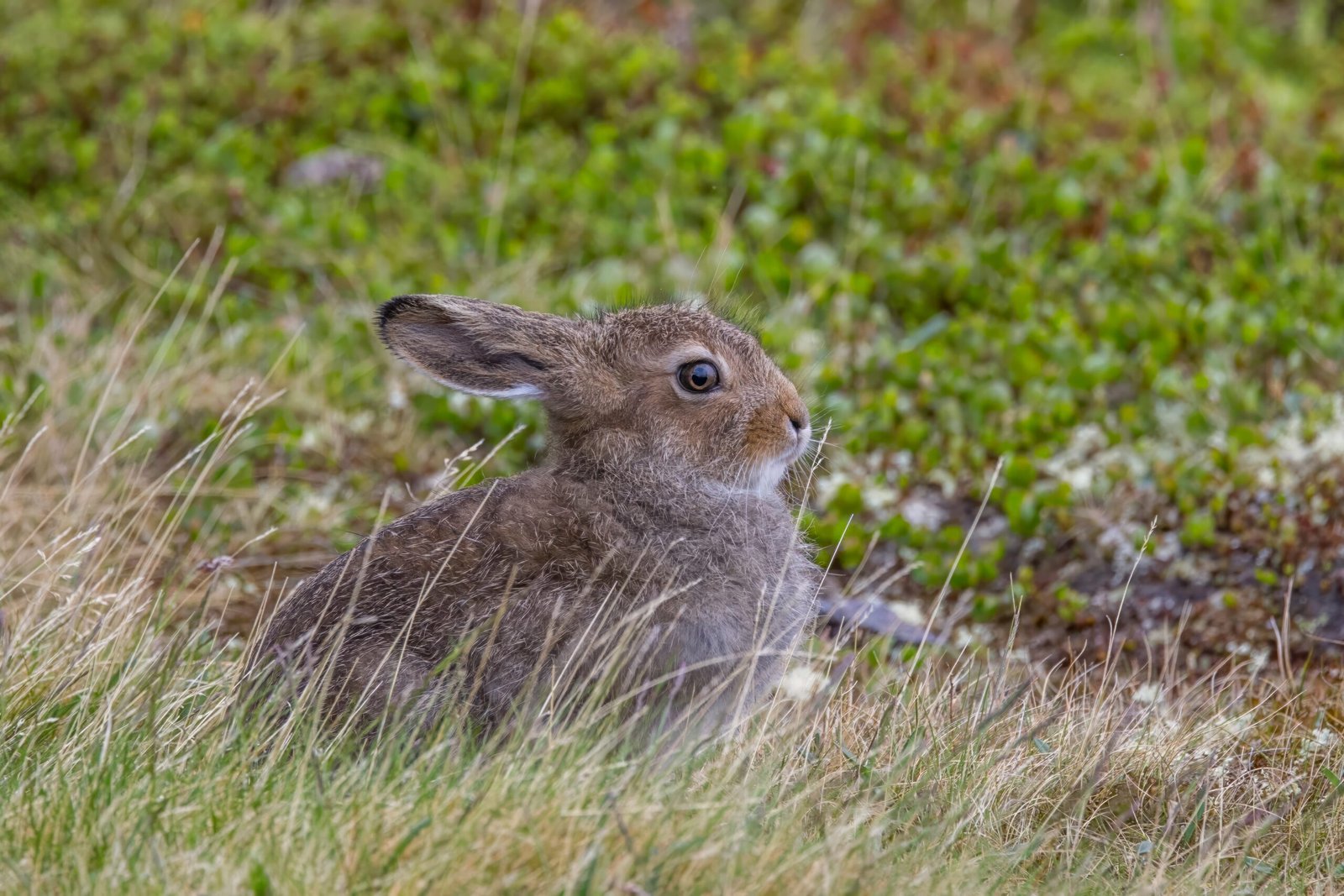
Beyond its ecological importance, the Irish hare is a powerful national symbol. Its image appears on ancient carvings, coins, and even modern sports team emblems. For many, the hare represents the untamed, mysterious spirit of Ireland itself—an animal both familiar and enigmatic, at home in landscapes that have changed little since the dawn of time. Its continued presence is a reminder of the enduring connection between people and nature, and of the stories that bind generations together. In poetry and art, the hare is often a metaphor for freedom, resilience, and the magic of the wild.
Scientific Interest and Ongoing Research
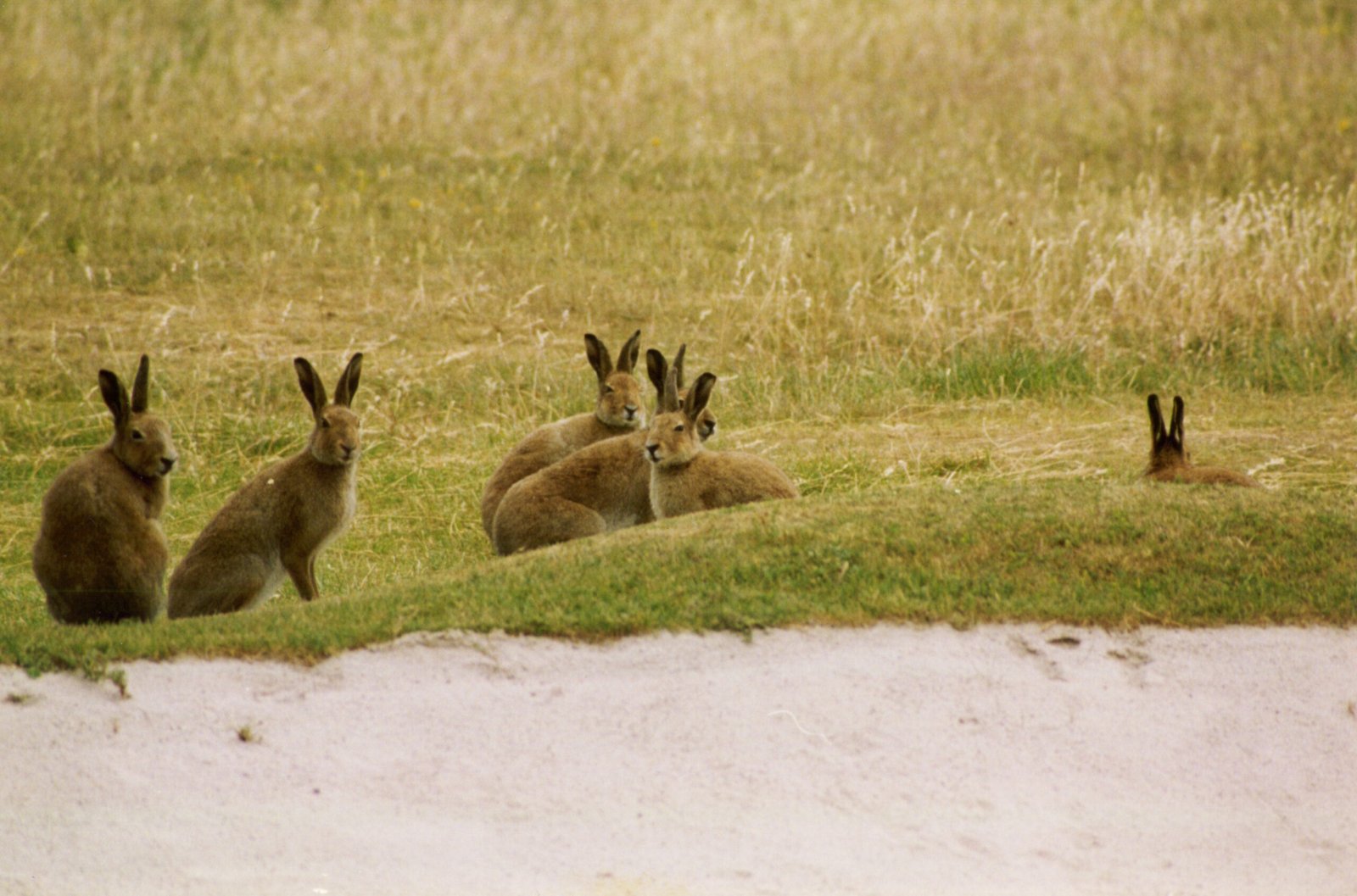
Scientists remain fascinated by the Irish hare, not just for its unique status but also for what it reveals about evolution and adaptation. Genetic studies have shown how isolated populations can develop distinct traits, offering insights into the broader story of life on islands. Researchers monitor hare populations to track the health of Ireland’s ecosystems, using the species as an indicator of environmental change. Ongoing research helps inform conservation strategies and deepens our understanding of how ancient species can survive in a rapidly changing world. Through careful study, the Irish hare continues to teach us about the intricate relationships between animals, landscapes, and people.
Encounters in the Wild: A Rare and Thrilling Sight
For those who venture into the Irish countryside, spotting a hare is often a highlight of the journey. Unlike common rabbits, hares are solitary and shy, making each encounter feel like a privilege. Early mornings or dusk are the best times to catch a glimpse, as hares emerge to feed or move between resting places. Their long ears and quick, bounding runs are unmistakable. These moments remind us of the wild beauty that still exists just beyond the edges of towns and villages. Seeing a hare in its natural habitat can spark a sense of wonder, connecting us to Ireland’s living legends in a way that words alone cannot capture.
The Hare’s Place in Modern Ireland
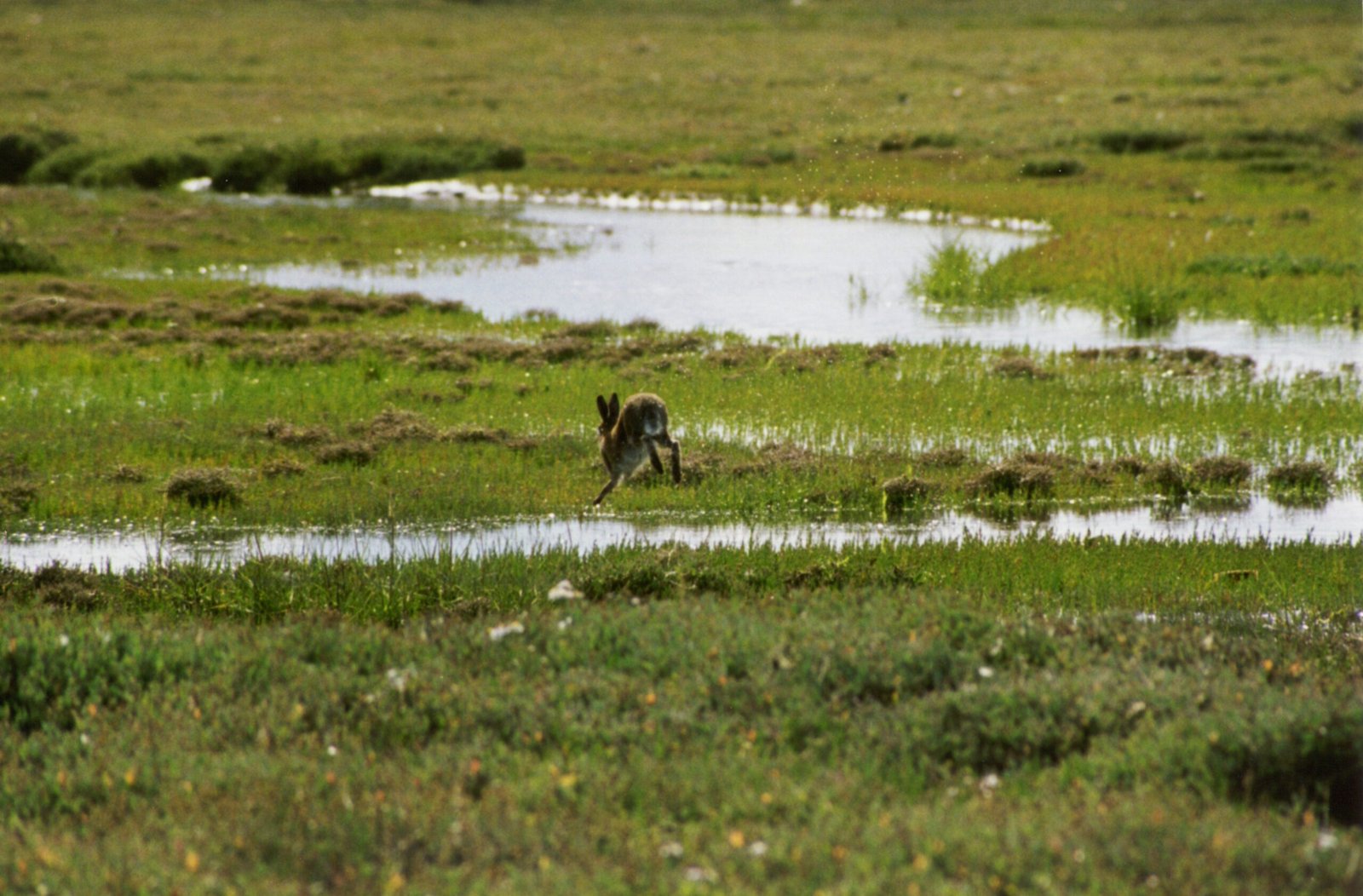
Today, the Irish hare faces new challenges but also new opportunities. Conservation efforts, education campaigns, and growing public interest in native wildlife offer hope for the future. Farmers, landowners, and communities are increasingly recognizing the value of preserving wild spaces—not just for hares, but for all the creatures that share Ireland’s fields and hedgerows. The hare’s enduring presence is a testament to the resilience of nature and the possibility of coexistence. As modern Ireland continues to evolve, the hare remains a symbol of what is wild, precious, and worth protecting.
Summary
The Irish hare stands as a bridge between Ireland’s ancient past and its uncertain future, embodying both myth and reality. Its unique biology, captivating behaviors, and deep ties to the Irish landscape make it a true native treasure. The stories and science surrounding the hare invite us to look closer at the world around us, to value the wildness that still exists, and to play our part in protecting it for generations to come. What does the future hold for this remarkable creature—and for the land it calls home?



